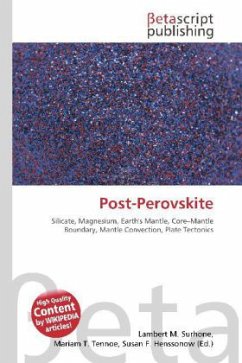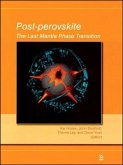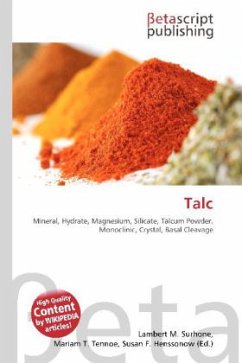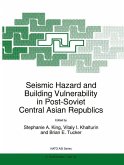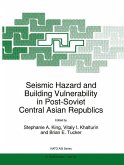Please note that the content of this book primarily consists of articles available from Wikipedia or other free sources online. Post-perovskite is a high-pressure phase of magnesium silicate (MgSiO3). It is composed of the prime oxide constituents of the Earth''s rocky mantle (MgO and SiO2), and its pressure and temperature for stability imply that it is likely to occur in portions of the lowermost few hundred km of Earth''s mantle. The post-perovskite phase has implications for the D -layer that influences the convective mixing in the mantle responsible for plate tectonics. Post-perovskite has the same crystal structure as the synthetic solid compound CaIrO3, and is often referred to as the "CaIrO3-type phase of MgSiO3" in the literature. The crystal system of post-perovskite is orthorhombic, its space group is Cmcm, and its structure is a stacked SiO6-octahedral sheet along the b axis. The name "post-perovskite" derives from the name of the stable phase of MgSiO3 throughout most of Earth''s mantle, which has the perovskite structure. The prefix "post-" refers to the fact that it occurs after perovskite structured MgSiO3 as pressure increases (and historically, the progression of high pressure mineral physics).
Bitte wählen Sie Ihr Anliegen aus.
Rechnungen
Retourenschein anfordern
Bestellstatus
Storno

